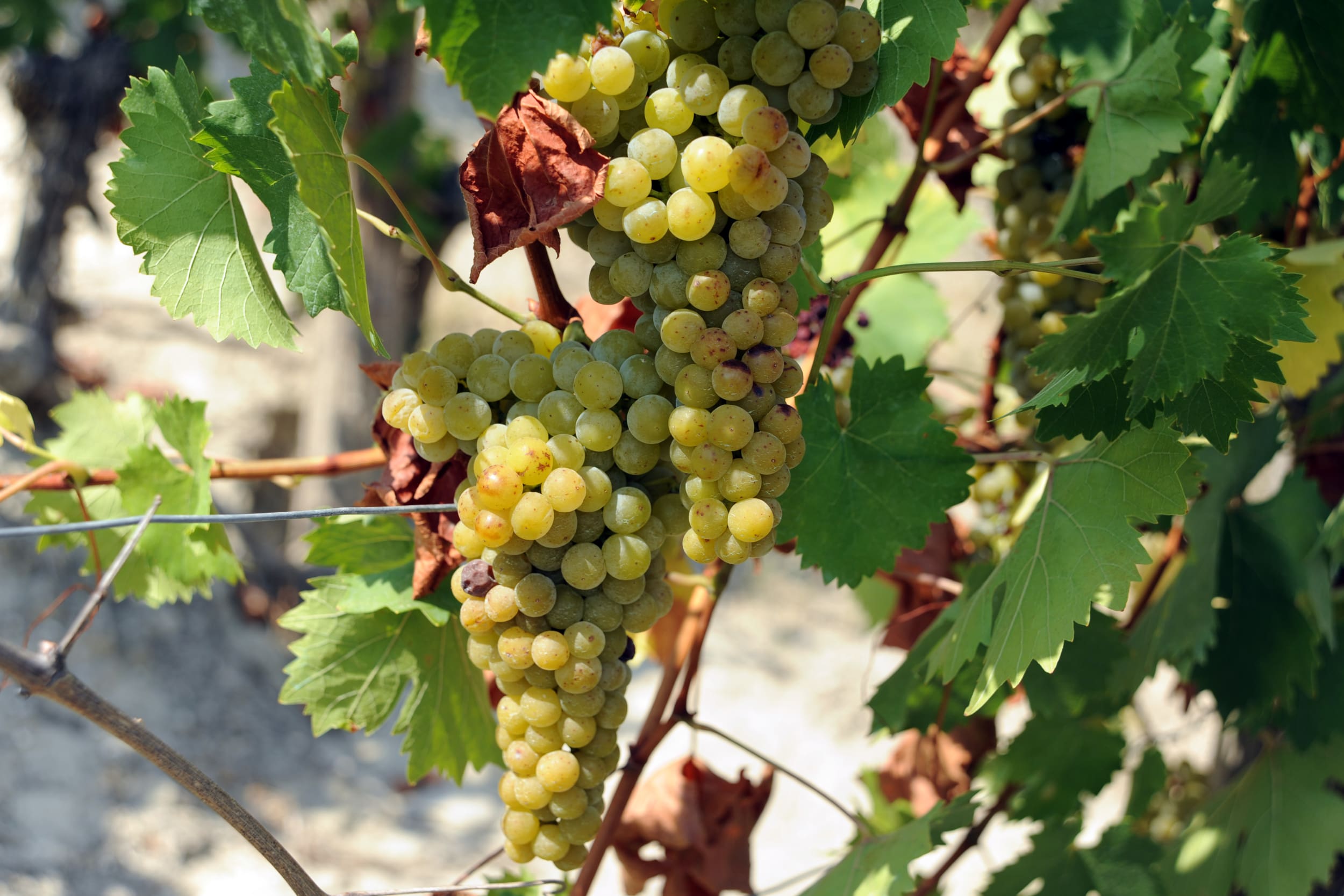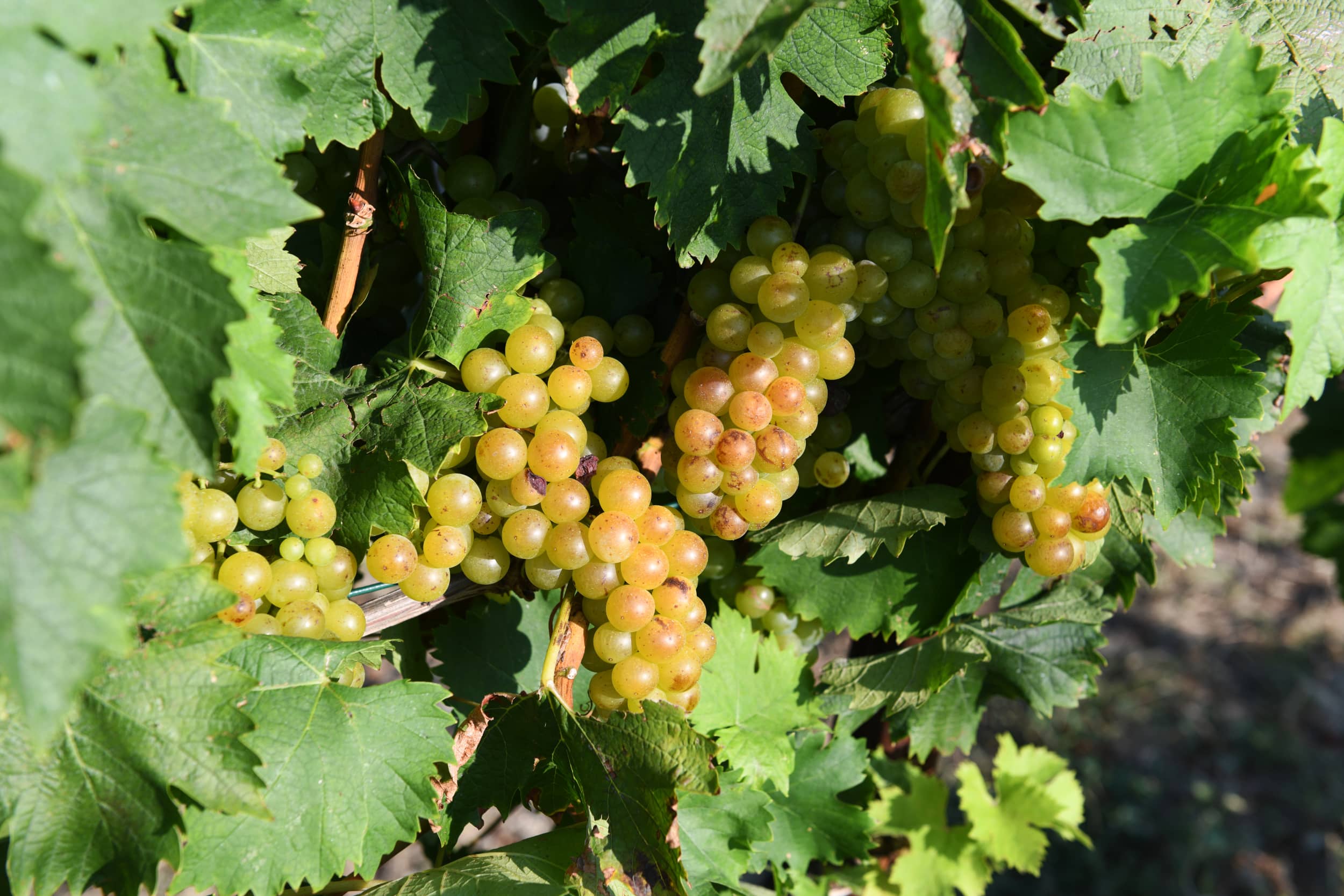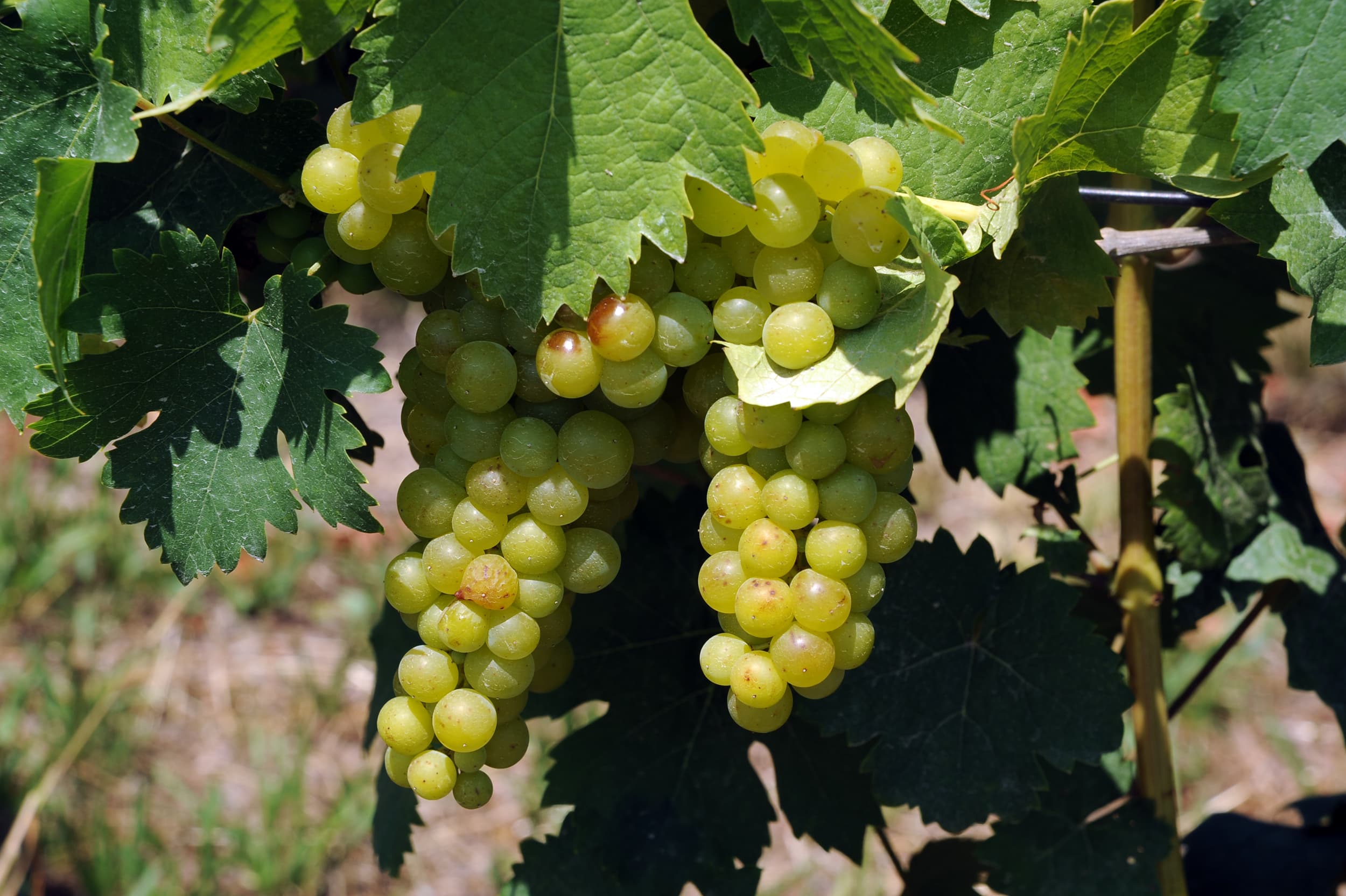The prunings in the vineyard
After the winter pruning, the branches or vine shoots removed and deposited on the ground are in quantity.
The elimination of them is a work of a certain importance for the choice of modalities. The latter can be different in relation to the slope of the slopes and to the places.
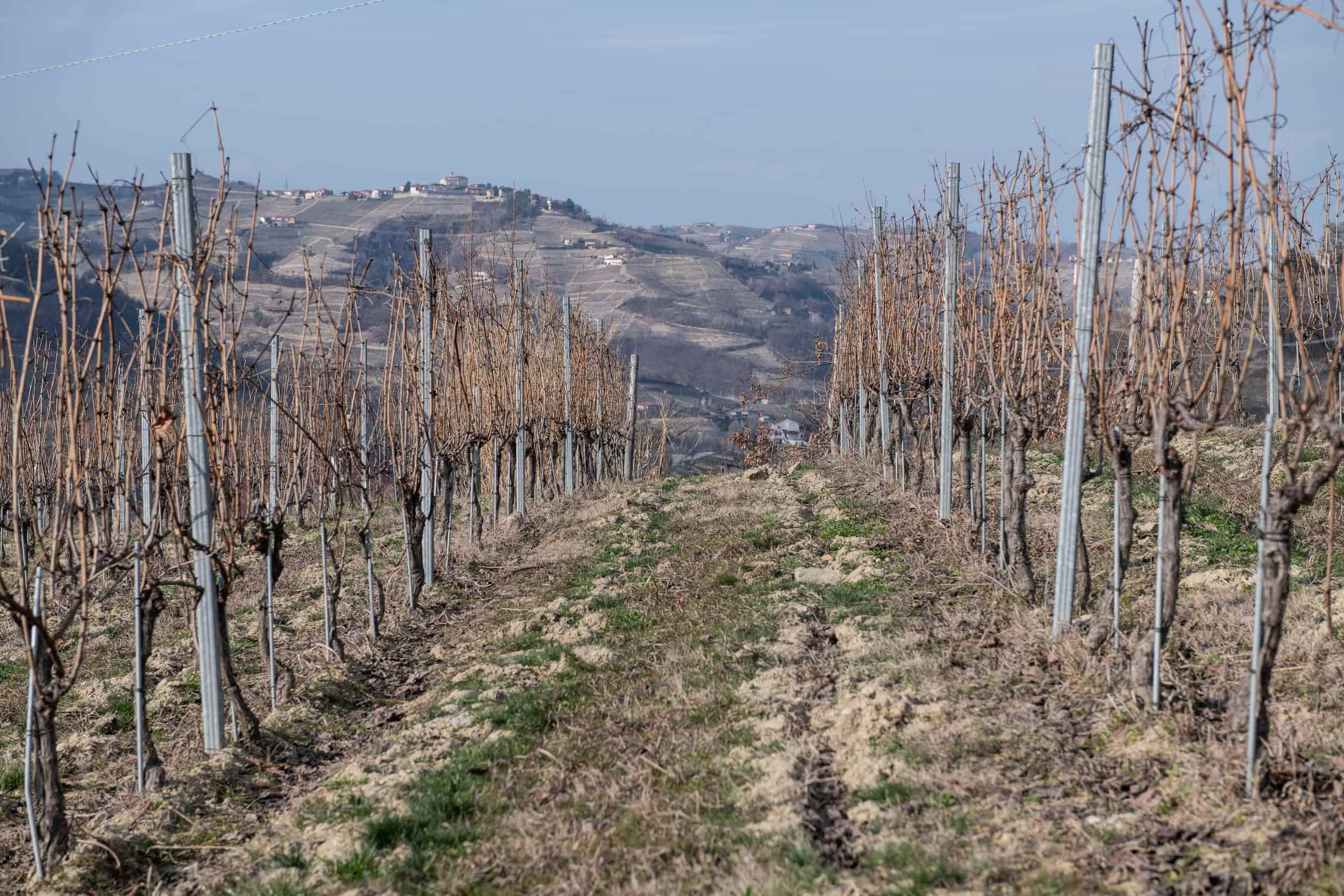
The tradition
In the past, the entire mass of vines was gathered in an open space at the head of the rows and burned. The dangers involved were real. The considerable flammability of this mass can cause fire to spread to the crop with considerable damage. Beyond these risks, this work involved a considerable expenditure of time and manpower. Thus alternative solutions arose. Two, in particular. The first consists in the normal shredding on site, the second, in the collection, with special machinery, of the prunings to be used as fuel for heating.
Alternatively, the sarments were sorted into bundles to then be used for the fire, their collection was late, precisely to allow them to dry completely. The branches, which gradually lose their vitality and are present in a certain mass, are a good attraction for the females of specific wood parasites. They are just looking for suitable materials in which to lay eggs. Their presence in greater numbers can also have negative effects on the vineyard with the perforation of part of the fruiting heads. Regardless of the strategy adopted, the branches must therefore not be left intact on the ground. During the winter, it is necessary to provide for their destruction.
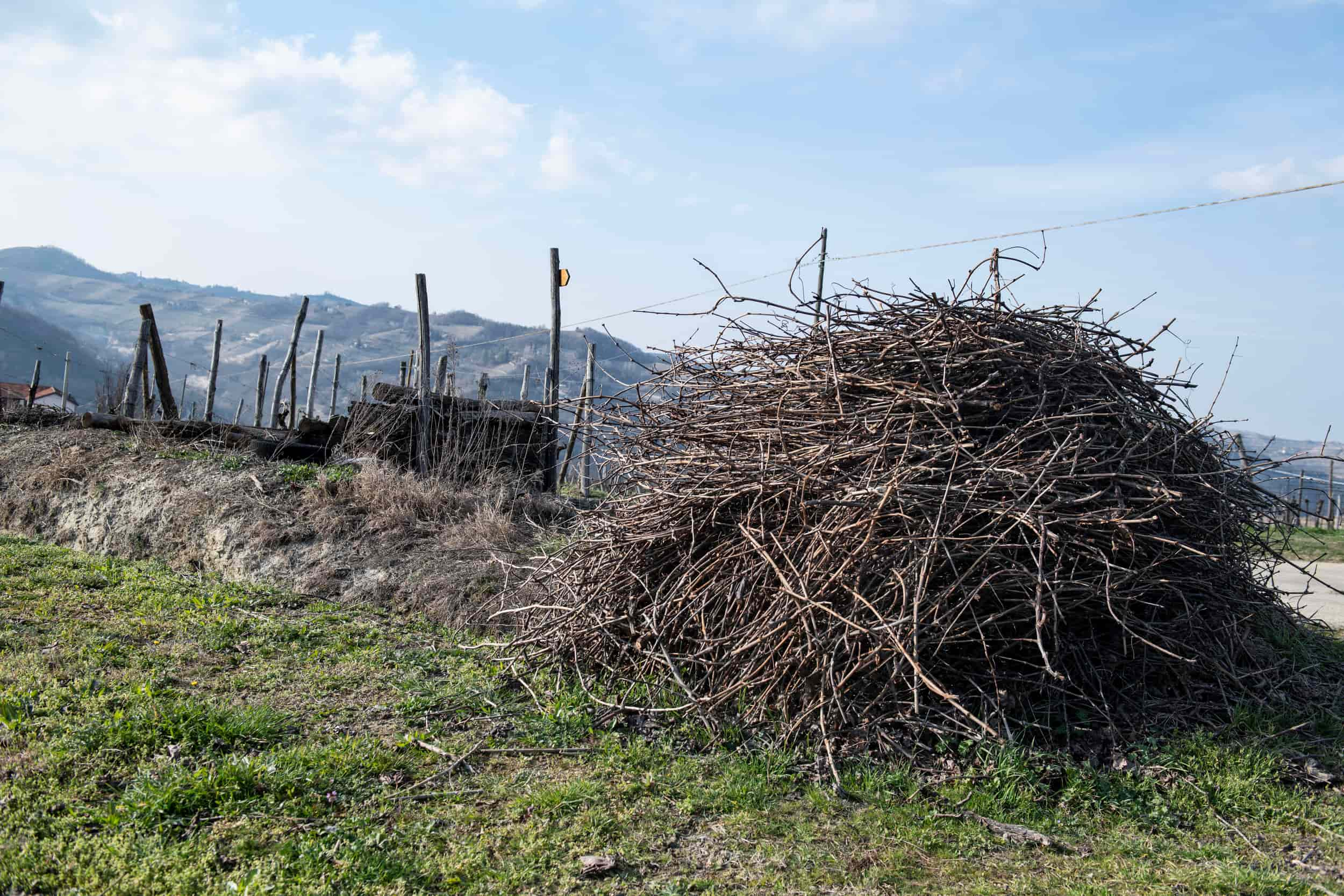
Shredding and worries
Shredding the prunings in the rows is certainly the most comfortable, quick and economical intervention. For these reasons it was favorably adopted by almost all winegrowers, in vineyards where the use of machines was possible.
The concern of some consisted in the danger that the continuous accumulation of the same material could favor the onset of particular diseases or parasites. On first reflection, this seems unlikely; it is in any case very difficult to express oneself in this regard. In the face of an objective reasoning according to which everything that is destroyed is no longer able to harm, so even the wintering forms of the eliminated parasites no longer cause concern. However, if this awareness was enough to get rid of parasites, many problems in the vineyard would have been solved in short. In reality, however, while destroying part of the wintering population, the smaller quantity, which certainly remains, could have sometimes surprising potential for diffusion in spring, thanks to the particularly suitable climate of the year.
The greatest perplexity concerns the relationship between shredding and the growing spread of the disease known as “Mal dell’esca”. In fact, although there are quite reassuring elements in this regard, it is not possible to exclude the existence of some relationship. There are, in fact, numerous fungi involved in this pathology and certainly many of the direct and indirect relationships are yet to be discovered. However, it is possible to state that the rapid spread of Mal dell’esca certainly does not have the shredding of the prunings as its main cause. The winter pruning techniques adopted, which in old vineyards involve great impairments of the stock and extensive wounds, are the most concrete and direct causes for the progressive spread of the infection.

Actions on the ground
An element of concern for some is related to the alterations of the soil, which could result from repeated additions of the same material.
In this regard, it should be pointed out that the crushed branches provide a contribution of organic matter rich in fiber and therefore slow demolition. The renewed administration to the land has positive aspects, as the demolition processes can thus overlap, just as occurs in nature. In the vineyard, the value of administering organic matter, even more so if it is rich in fiber, should not, in fact, be underestimated. Over time, the first layers of the subsoil become more aerated and in them the microorganisms and spontaneous herbaceous flora find a better environment in which to propagate. The erosive effects of rainwater gradually decrease on the hills. The soil therefore improves in terms of conservation and stability of the structure.
An important trick is not to leave the branches piled up to dry in the vineyard for too long. Especially at the end of winter.



